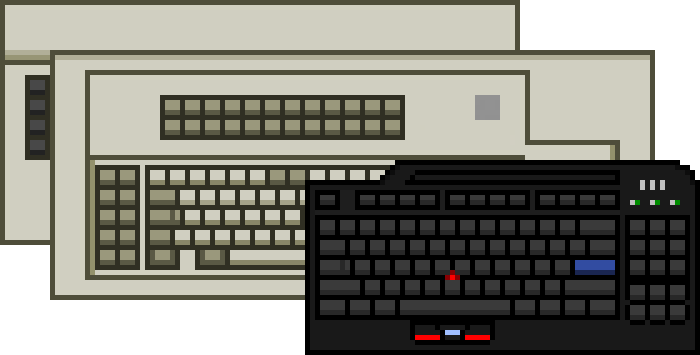P/N 13G2130 - Model M-e ANPOS Keyboard Details & Specs
Provided by the ASK Keyboard Part Number Database
IBM PS/2 ANPOS Keyboard with Integrated Pointing Device
| Model number or feature code | 3124 |
|---|---|
| Type | "Model M9-e" PS/2 ANPOS Keyboard |
| Nickname | M9-e |
| OEMs or ODMs | XAC, XSZ |
| Keyswitches | IBM buckling sleeves (early or late POS type) |
| Earliest appearance | |
| Cover colour | Pearl White/Litho Grey |
| Branding | IBM black oval badge |
| Feet | None |
| Protocol | IBM Mode 2 (scancode set 2) |
| Connection | Black straightened-style detachable 8-pin SDL to dual 6-pin mini-DIN PS/2 cable |
| Number of keys | 116 |
| Form factor | Full-size |
| Layout & language | US English |
| Integrated pointing devices | POS pointer (Synaptics TouchStyk FSC pointing stick) |
| Accessories & other features | Magnetic stripe reader Manager's keylock |
| Earliest recorded price | $625 USD in 2001 |
| Sources | ASK: SNKB-M2006-9ME-116 Image: Rear label example from 2005-05-25 by XAC Image: Rear label example from 2006-05-18 by XSZ Doc: IBM 4694 Point-of-Sale Systems - New Models Give You Greater Speed and Capacities (#101-276) [source: IBM] |
| Related Directory entries | IBM PS/2 ANPOS Keyboard with Integrated Pointing Device |
| Data last updated |

